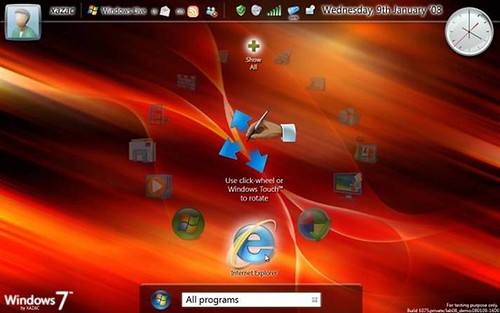TrustSoldier
What this programs does:
TrustSoldier is a new scareware program that is installed and promoted through the use of Trojans. When the Trojan installs TrustSoldier it will configure it to start automatically when your computer starts. The Trojan will also install numerous harmless files that have random names onto your computer. When TrustSoldier starts it will scan your computer and detect these harmless files as malware and will state that you need to purchase the program to remove them. Though these files are harmless, it detects them as malware to try and trick you into thinking they are infections so that you will potentially purchase TrustSoldier. It goes without saying that you should not purchase this program.

TrustSoldier screen shot
For more screen shots of this infection click on the image above.
There are a total of 6 images you can view.
While TrustSoldier is running you will also see numerous security notices appear on your desktop warning you that your computer has a security problem. These alerts will contain messages ranging from warnings that your computer is under attack to a message stating that an active malware has been detected running on your computer. The Trojan will also display a Windows Security Center window that is an imposter of the legitimate Microsoft version. The difference is that the imposter will state that you should register TrustSoldier in order to protect your computer, while the legitimate version does not recommend any particular security software. Just like the fake scan results, these alerts are just another tactic to scare you into thinking that you are infected.
If you find that TrustSoldier is on your computer then please use the steps below to remove this infection and any related malware. If you have already purchased this program then we suggest you contact your credit card company and dispute the charges.
Threat Classification:
Advanced information:
View TrustSoldier files.
View TrustSoldier Registry Information.
Entries for this program found in the Add or Remove Programs control panel:
Tools Needed for this fix:
Symptoms that may be in a HijackThis Log:
O4 - HKCU\..\Run: [626ac87.exe] C:\WINDOWS\system32\626ac87.exe
O4 - HKCU\..\Run: [TrustSoldier] C:\Program Files\TrustSoldier Software\TrustSoldier\TrustSoldier.exe -min











